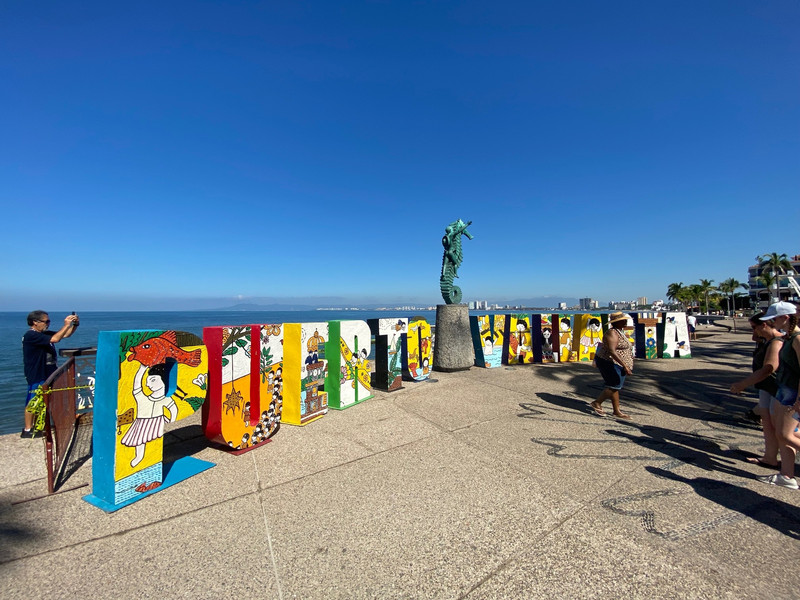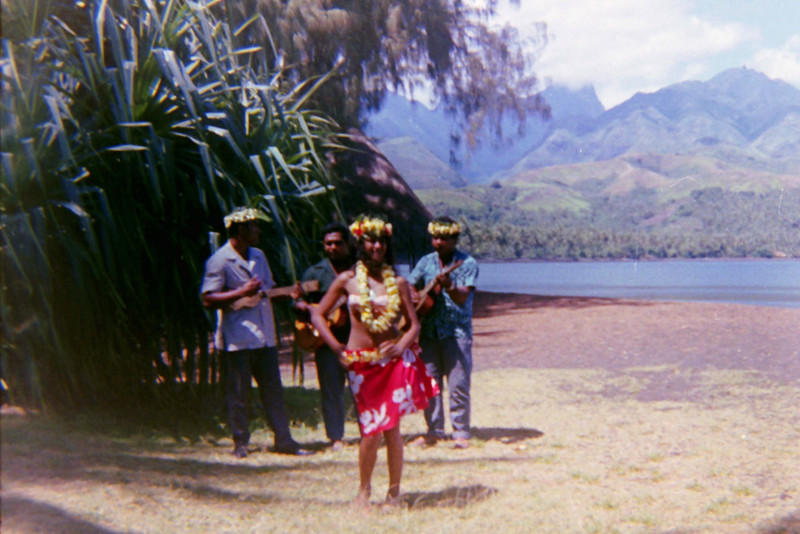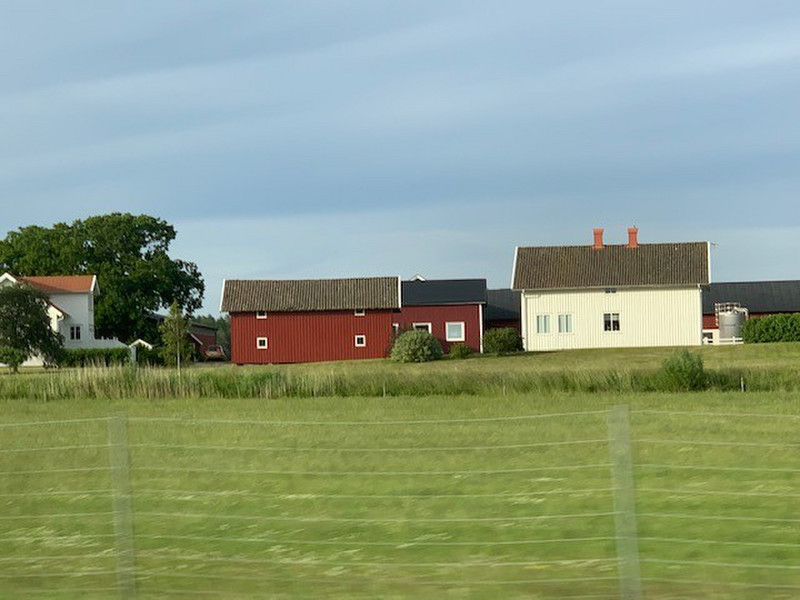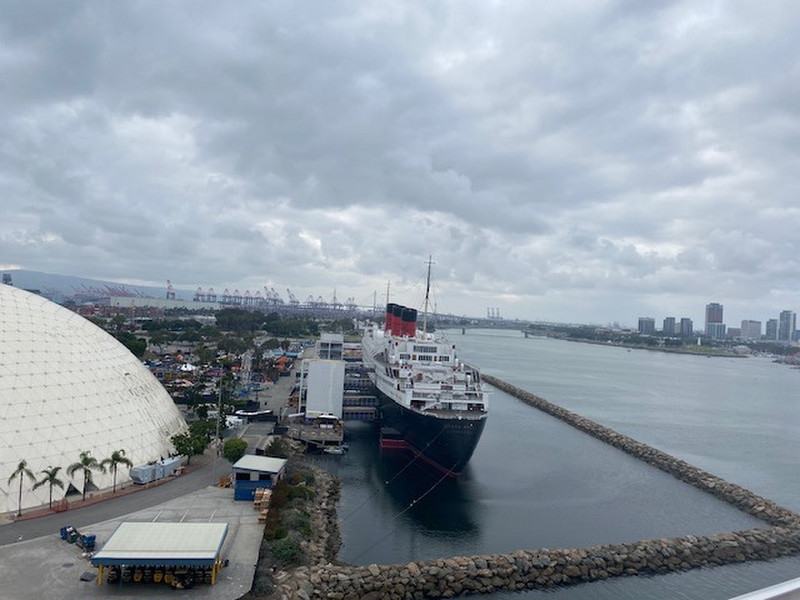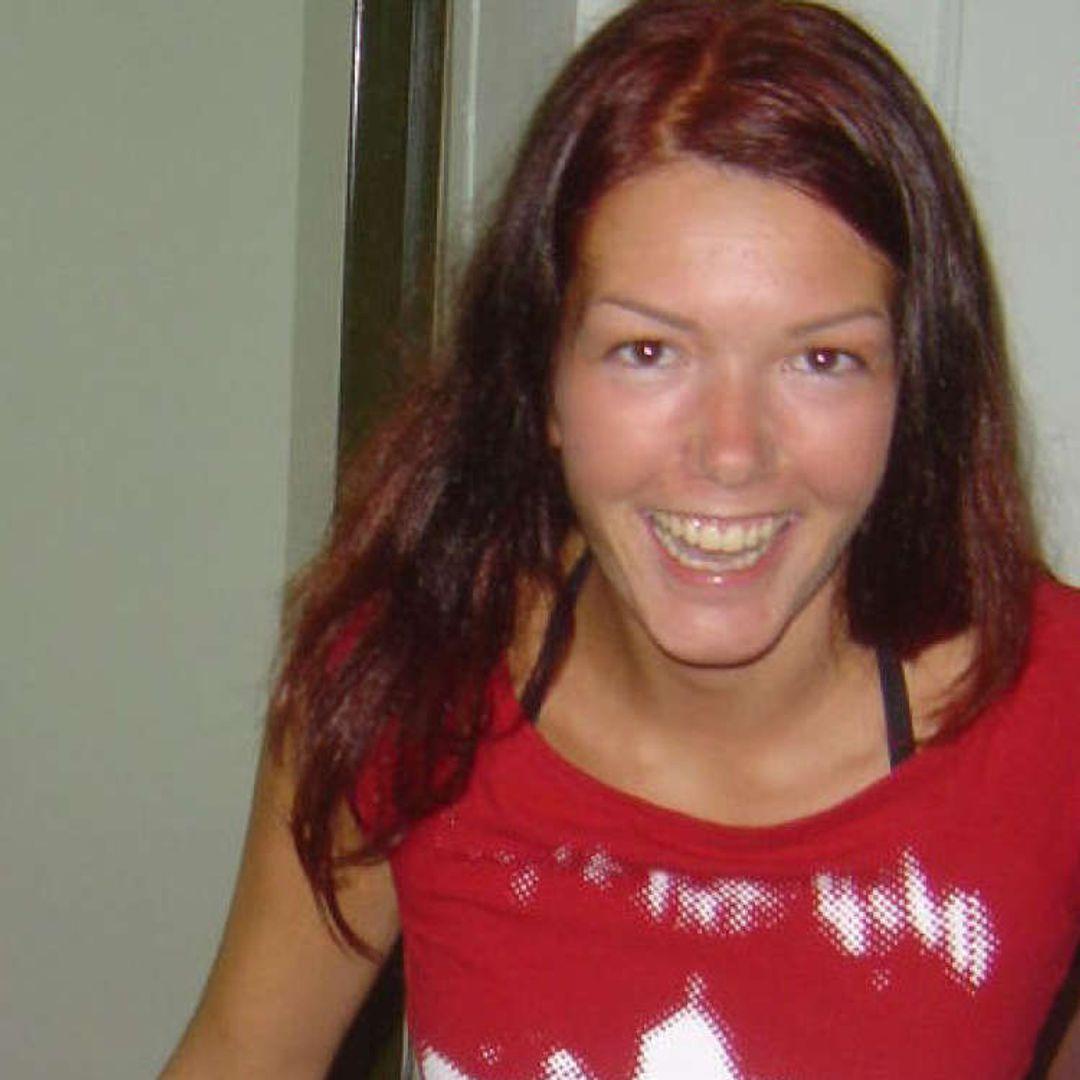And tomorrow, we will be on it! We are so happy to be travelling again, on our trip to Croatia. We booked our Croatia trip early in 2020, only to have it cancelled shortly after because, of course, Covid. We are finally able to go, and the timing turned out just perfectly because we are now are able to meet my brother Ross and sister in law Beth in Italy, where they will be travelling, when our Croatia trip finishes.
We start our travels in England, visiting Susans cousin. Well be staying in Eastbourne, on the south coast, and well also have a night in London. The area around Eastbourne looks really lovely and we are looking forward to doing some explorations of the area. Then we fly to Dubrovnik to join our fellow travellers on Intrepids Highlights of Dalmatia trip. We will spend a couple of weeks travelling around the beautiful Dalmatian coast, up to Zadar, then finishing back in Split. From Split we will fly to Brindisi, Italy, where well meet Ross and Beth, and explore the Puglia area in Italy
Heres some basic information on Croatia (mostly gleaned from my Lonely Planet guidebook): Croatia is bordered by the countries of Slovenia, Hungary, and Serbia in the north, and just touches on Montenegro in the south. It shares a very long border with Bosnia and Herzegovina. Croatia has been a member of the EU since 2013, but uses its own currency - the Croatian Kuna. Most of its population are Catholic (about 86%), under 5% are Orthodox (the Serbian population), and 1.5% are Muslim. Croatians mostly identify with western Europe, not with their eastern neighbours in Bosnia, Montenegro and Serbia. The coastal areas (where well be) have a Mediterranean character and strong Italian influences (I expect there will be quite a bit of pasta and pizza available). Speaking of food, while Croatian food definitely has a lot of meat dishes, there will be lots of fish and seafood available too. Croatia has various wine regions and we plan on enjoying lots of Croatian wine!
Croatias history with many different civilizations and empires seeking control and influence: Rome, the Byzantines, the Venetians, the Hungarians,
the Ottomans, and Napoleon, just to mention a few. Venice, in particular, controlled and exploited much of Croatia for almost 800 years. So there are lots of Roman ruins, and Venetian architecture, in Croatia. Interestingly, Dubrovnik (then called the Republic of Ragusa) maintained its independence for much of that time, until taken over by Napoleon in the early 19th century.
After the first world war and the collapse of the Empire, the Kingdom of Serbs, Croats, and Slovenes was established (the name was later changed to the Kingdom of Yugoslavia). During this time, however, some of Croatia was under Italian control. In 1937 Tito became leader of the Communist Party, and led the fight against the German invaders during the second world war. In 1945 the Federal Peoples Republic of Yugoslavia was created, with Tito as the prime minister. Croatia was one of six republics, along with Macedonia, Serbia, Montenegro, Bosnia and Hercegovina, and Slovenia, which made up the federation. Tito tried to unite the various rival nationalities and ethnicities, but ethnic tensions remained. Following Titos death in 1980, and the rise to power of nationalist Slobodan Milosevic in Serbia, these tensions boiled over. In 1991 Croatia declared independence, leading to what Croats refer to as the Homeland War. In 1992 the UN brokered a ceasefire and Croatia was recognized by other countries and was admitted into the UN. However, the fighting continued in the neighbouring Bosnia and Hercegovina, including civilian massacres and the horrific siege of Sarajevo (there were also civilian massacres in Croatia). I have just finished the excellent novel Girl at War by Sara Novic, about a Croatian girls experience of the war. It is quite harrowing, but I highly it. Peace accords were eventually signed in December 1995, and in 2013 Croatia joined the EU.

